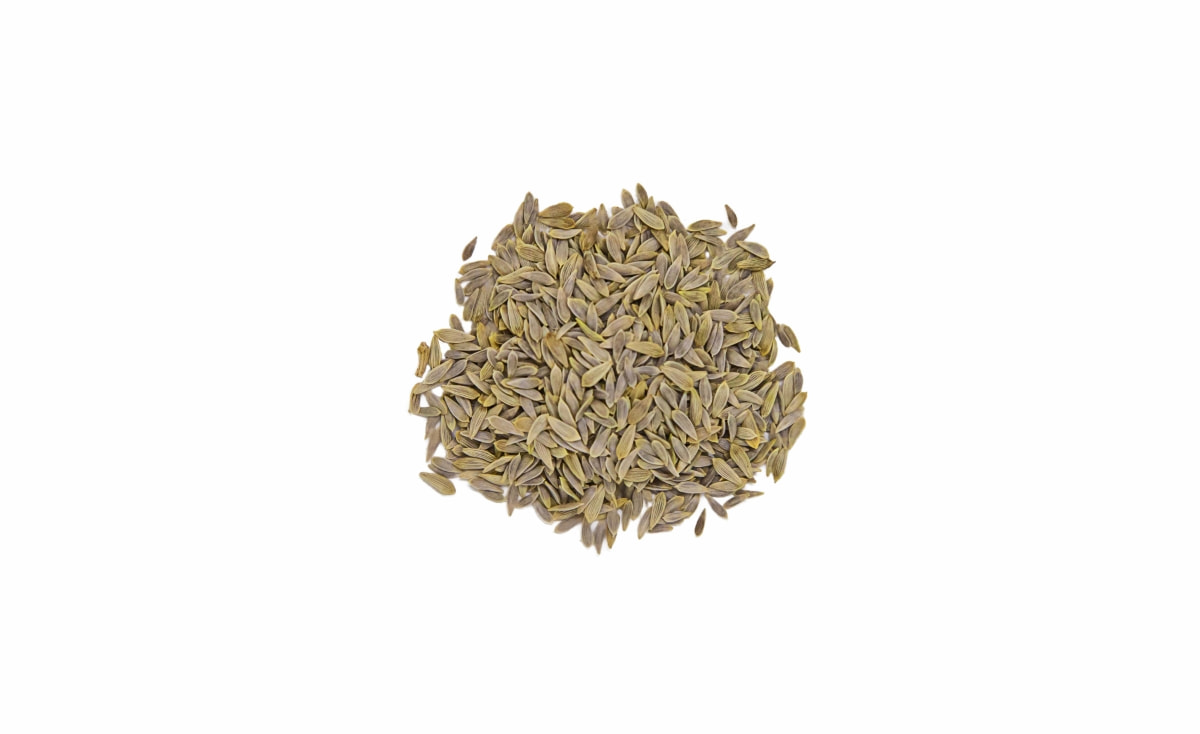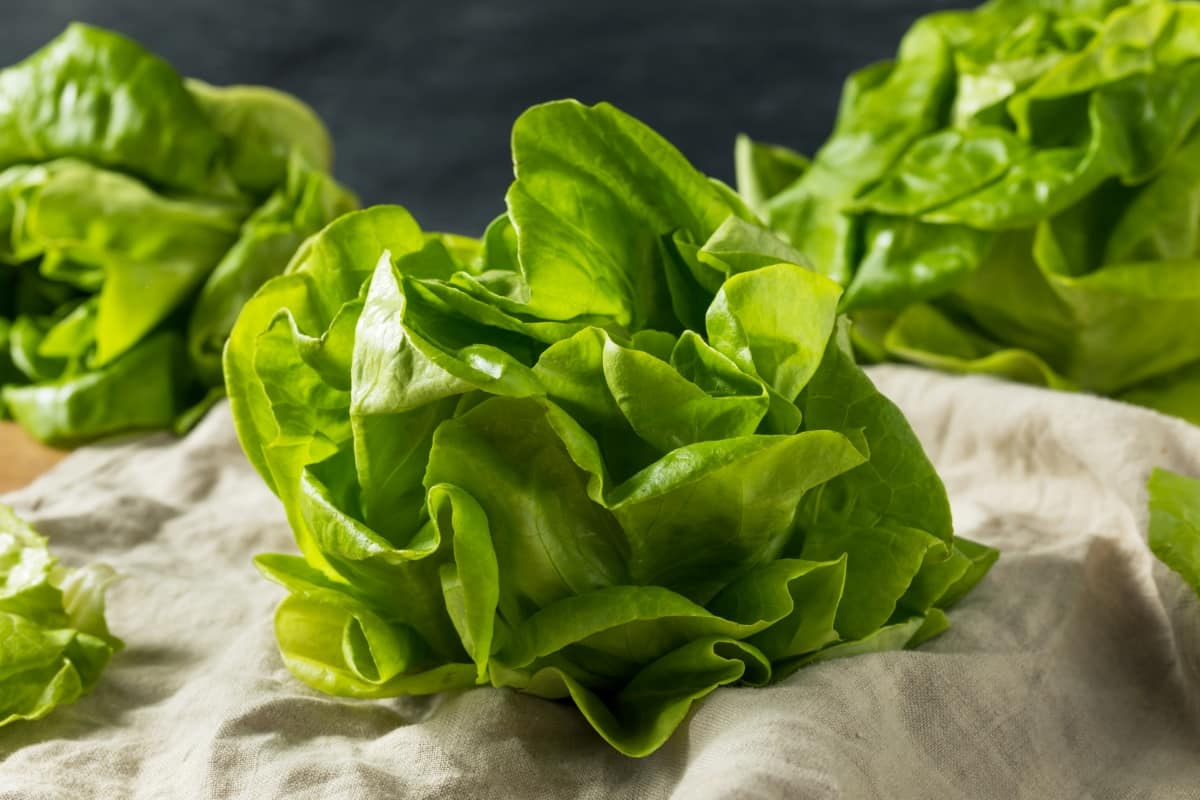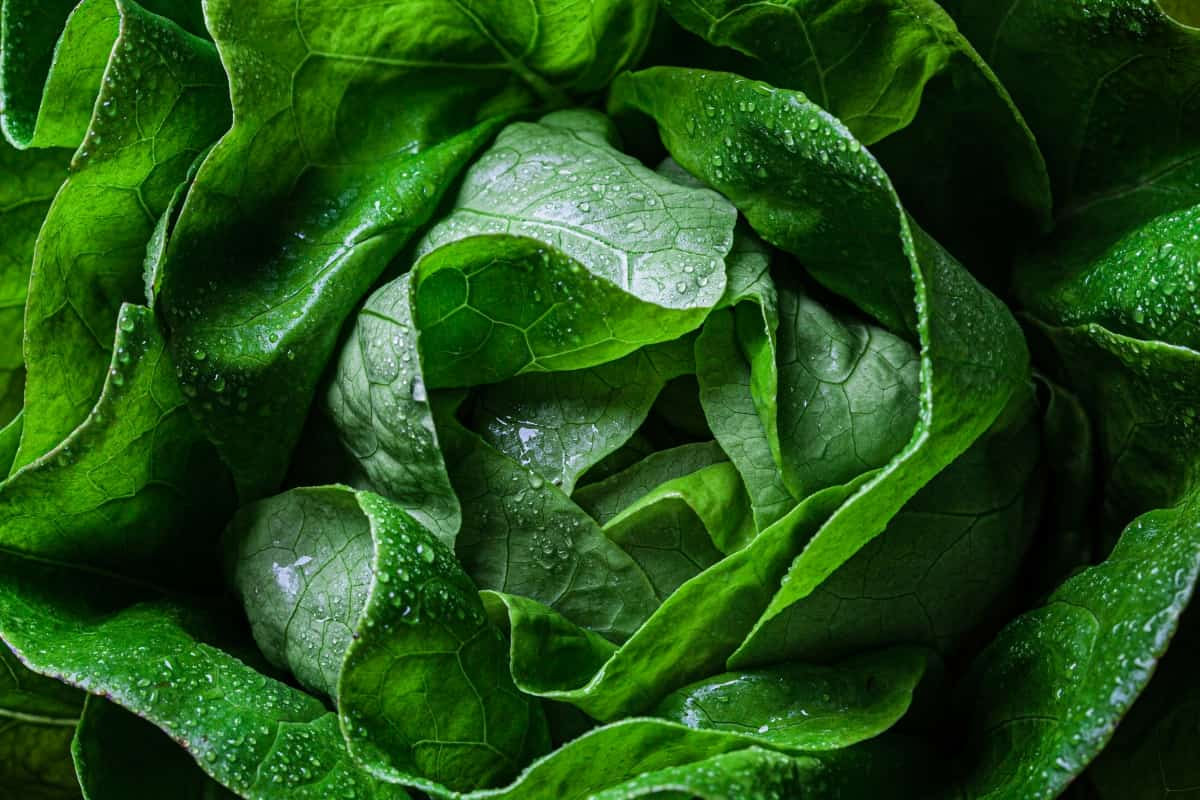The rise in popularity of growing Buttercrunch lettuce in containers is because of its compact size and low upkeep, making it attractive to various gardeners. Gardeners can ensure a bountiful harvest by following the right planting instructions, using quality Buttercrunch lettuce seeds, and understanding the Buttercrunch lettuce days to germinate.

Butterhead lettuce thrives under specific temperatures and is known for not growing too tall, making it suitable for Buttercrunch lettuce square-foot gardening. This article delves deep into the stages of Buttercrunch lettuce, offering insights into its cultivation in both containers and ground settings.
Growing Stages and Conditions of Buttercrunch Lettuce
Buttercrunch lettuce progresses through several stages, from seed to harvest. The stages include germination, seedling growth, heading (formation of the lettuce head), maturation, and bolting. Each stage requires specific environmental conditions. For instance, Butterhead lettuce growing temperature should be cool, ideally between 45-65°F. It’s essential to monitor these conditions to achieve a successful harvest.
Choose the Variety of Buttercrunch Lettuce for Container or Ground Growing
When you set out to cultivate Buttercrunch lettuce, choosing the appropriate variety for your cultivation method is pivotal. While Buttercrunch lettuce, by default, is a type of Butterhead lettuce, there are sub-varieties to consider. For container gardening, opt for compact variants that don’t spread out too much, ensuring they have ample space to grow without overcrowding.
On the other hand, for ground gardening, you might lean towards traditional varieties known for their robustness and resilience against the elements. Do some research and consult with local nurseries to identify the best-suited variety for your chosen gardening method.
Preparing the Soil for Buttercrunch Lettuce Cultivation
Your soil needs meticulous preparation to set the stage for a bountiful Buttercrunch lettuce yield. The ideal soil composition consists of loose, well-draining texture abundant in organic content. Maintaining a neutral pH level within the range of 6.0 to 7.5 is recommended. When confronted with clay-heavy or sandy soil, contemplate enhancing it by incorporating compost or thoroughly decomposed manure. This improves the soil’s texture and enhances its nutrient content, ensuring your Buttercrunch lettuce plants get the best start possible.
Buttercrunch Lettuce Seed Germination Time
The process of germination holds utmost significance within the life cycle of Buttercrunch lettuce. Post-sowing, the Buttercrunch lettuce seeds typically germinate within 7-10 days. Nevertheless, this can differ contingent on various elements, such as soil moisture content and surrounding temperature. A consistent moisture level and temperatures ranging between 45-75°F set the stage for timely and successful germination.
In case you missed it: How to Grow Aquaponic Lettuce: A Comprehensive Guide for Planting, Care, and Harvesting

Planting Buttercrunch Lettuce Seeds or Seedlings in Containers
Cultivating Buttercrunch lettuce within containers presents a practical choice for urban gardeners and individuals constrained by limited space. Start with a container that’s at least 6 inches in depth. Whether planting or transplanting seedlings, maintain a spacing of about 8-10 inches between each to avoid overcrowding. Always ensure the container possesses ample drainage holes. This avoids water stagnation, which can hamper the growth of your Buttercrunch lettuce plants.
Planting Buttercrunch Lettuce Seeds or Seedlings in the Ground
Direct sowing or transplanting Buttercrunch lettuce in the ground demands its considerations. When sowing seeds, plant them about ¼ inch deep. If you’re transplanting seedlings, plant them slightly deeper, ensuring the roots are well-covered. Always leave about 10-12 inches of space between each plant. This provides them with the room they need to flourish and reduces competition for nutrients.
Providing Adequate Water and Moisture for Buttercrunch Lettuce
Watering is fundamental to the health and growth of Buttercrunch lettuce. The aim should be to maintain consistently moist soil but never waterlogged. At the same time, watering frequency hinges on various factors like weather and soil type, a good rule of thumb is to water when the top inch of soil starts feeling dry. If you’re growing in containers, you might find that they require water more frequently than ground plots due to quicker evaporation.
Fertilizing Buttercrunch Lettuce Plants for Optimal Growth
To bolster the growth and health of your Buttercrunch lettuce, periodic fertilization is advised. Use a balanced, water-soluble fertilizer every 2-3 weeks. Especially when cultivated in containers, Buttercrunch lettuce can exhaust the available nutrients rapidly, so replenishing them is crucial.
In case you missed it: When to Transplant Lettuce Seedlings: 10 Points Checklist

How Long Does It Take Buttercrunch Lettuce to Grow and Buttercrunch Lettuce Size
An often-asked question by novice gardeners is about the growth timeline of Buttercrunch lettuce. Buttercrunch lettuce typically takes about 50-55 days from sowing to harvest. As for its size, Buttercrunch lettuce plants don’t tend to grow very tall, with mature plants usually standing at about 6-8 inches in both height and width.
Growing Buttercrunch Lettuce in Hydroponics
Hydroponics, a soil-less cultivation method, is an innovative way to grow Buttercrunch lettuce. Hydroponics often results in faster growth rates and, in some instances, larger plants by directly supplying nutrient-rich water to the plant roots. It’s a space-efficient method that also conserves water, making it a sustainable choice for many modern gardeners.
Managing Pests and Diseases in Buttercrunch Lettuce Cultivation
Your journey of cultivating Buttercrunch lettuce might face challenges in the form of pests and diseases. Common culprits include aphids, slugs, and snails. Natural remedies like diatomaceous earth and neem oil can deter these pests effectively. Regular inspections are essential, and any diseased leaves should be promptly removed. This helps curb the spread of any fungal or bacterial infections and ensures the rest of your Buttercrunch lettuce plants remain in prime health.
Buttercrunch Lettuce Bolting: Causes and Solution
Bolting refers to Buttercrunch lettuce growing tall and producing a seed stalk. This usually happens when the plant experiences high temperatures. When Buttercrunch lettuce starts bolting, it becomes bitter. The solution is to harvest the lettuce before it fully bolts or to shade the plant during hot spells.
Harvesting Buttercrunch Lettuce at Different Stages of Growth
Buttercrunch lettuce harvest can start as early as when leaves are young and tender or when the plant has fully matured. Young leaves can be picked individually, allowing the plant to continue growing. Cut the lettuce at the base for a full head harvest, ensuring you leave a few leaves so the plant can regrow.
In case you missed it: 10 Common Problems With Lettuce: Treatment and Solutions

Conclusion
Understanding the intricacies of growing Buttercrunch lettuce, whether in containers or directly in the ground, ensures a rewarding gardening experience with a bountiful harvest. As we’ve navigated through its various stages, from choosing the right variety to mastering its growth in diverse setups like containers or hydroponics, it’s evident that a successful harvest hinges on attention to detail, understanding the plant’s unique needs, and timely interventions against potential threats.
Cultivating Buttercrunch lettuce offers a fresh, organic addition to our plates and serves as a testament to the grower’s commitment, patience, and passion. As the journey from seed to salad unfolds, the experience underscores the profound joy and satisfaction derived from nurturing life, reinforcing the adage that gardening is as much about growing the gardener as it is about growing the garden.
- Ultimate Guide to Ossabaw Island Hog: Breeding, Raising, Diet, and Care
- Ultimate Guide to Juliana Pig: Raising Facts, Size, Diet, Care, and Lifespan
- Raising Lleyn Sheep: Disadvantages, Price, Uses, Characteristics, and Care
- Ultimate Guide to Meishan Pig: Breed Facts, Breeding, Raising, and Care
- Ultimate Guide to Teacup Pigs: Raising, Diet, Lifespan, Cost, and Care
- Guide to Raising Poll Dorset Sheep: Facts, Profile, Characteristics, Uses, and Care
- Ultimate Guide to Bighorn Sheep: Characteristics, Diet, Lifespan, Breeding, and Lifecycle
- Ultimate Guide to Raising Katahdin Sheep: Farming Facts, Breed Profile, Uses, and Care
- Ultimate Guide to Raising Oreo Cows: Belted Galloways Farming Facts, Profile, Uses, and Care